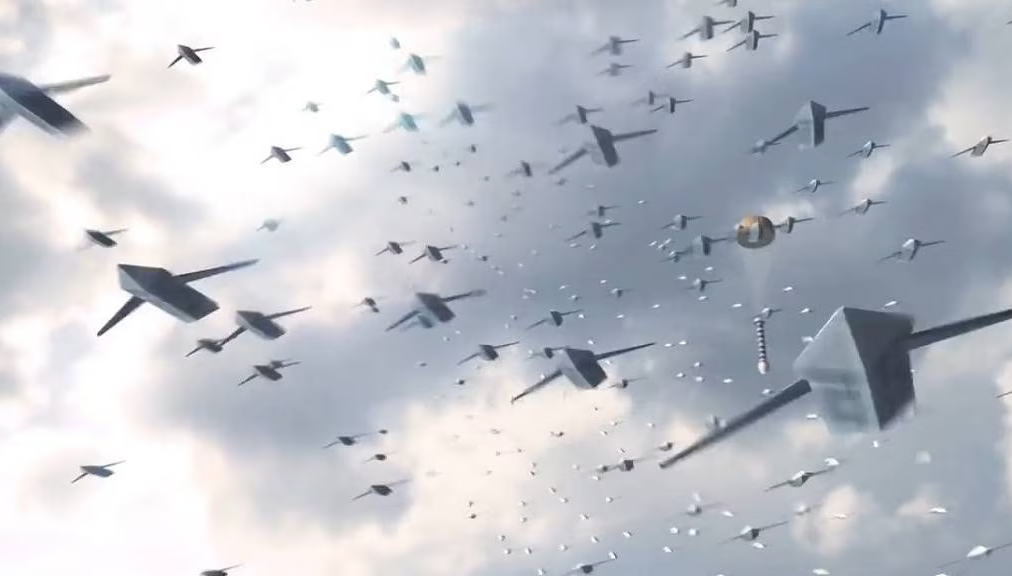DARPA, La agencia de proyectos avanzados de defensa del Pentágono (EUA) lleva adelante su programa Autonomous Multi-domain Adaptive Swarms – of – Swarms (AMASS). Un sistema de comando y control de “enjambres de enjambres” de drones de diferentes tipos y características, que sea capaz de penetrar los sistemas “Anti Access / Area Denial” (A2/AD) del enemigo. Se busca que sea un sistema completamente independiente, sin requerir comunicaciones constantes, que son la principal limitación de los sistemas autónomos en los escenarios A2 / AD. Y que además, AMASS pueda integrar drones aéreos, terrestres y acuáticos, que operan en ámbitos “multi dominio”. DARPA ha observado que los proyectos de UAS e IA actualmente en desarrollo, no tienen una escala adecuada como para resultar efectivos frente a las capacidades A2 / AD de los potenciales adversarios en caso de un conflicto de gran escala.
The Defense Advanced Research Projects Agency (DARPA) has sought proposals for a counter-anti-access/area denial (A2/AD) drone swarm command and control system.
The Pentagon agency wants the Autonomous Multi-domain Adaptive Swarms-of-Swarms (AMASS) to steer thousands of disparate drones, enabling US and coalition forces to penetrate adversaries’ theater-level A2/AD bubble.
The system is intended to let unmanned platforms operate independently in A2/AD environments without requiring constant communications, which might not be possible in such scenarios.
Current Counter-A2/AD Options
Counter-A2/AD options the US and coalition partners currently have, such as long-range precision-guided weapons, are too few, expensive, and require detailed targeting information.
Other options, such as submarines, involve risking the platform.
Involves Disparate Unmanned Systems
AMASS is intended to create an efficient, cost-effective counter-A2/AD capability involving a range of unmanned aerial, ground, and maritime platforms.
The system will assign swarms “through an optimization process that considers mission objectives, priorities, risks, resource availability, swarm capabilities, and timing,” DARPA explained.
“In addition, AMASS will consider the needs of potential future missions when selecting swarms and swarm compositions.”
Leveraging Current DARPA Programs
Present US and coalition projects on artificial intelligence and autonomy lack the scale and dynamic independence to be effective against peer A2/AD capabilities, including “sophisticated air defense, indirect fires, precision weapons, and Intelligence, Surveillance, and Reconnaissance,” the Pentagon agency said.
AMASS will be built leveraging previous DARPA initiatives, such as the System-of-Systems Enhanced Small Unit program.
DARPA is also working on the OFFensive Swarm-Enabled Tactics program to build a large swarm of aerial and ground-based drones controlled by a small group of operators.
The agency expects to award a potential $78 million AMASS contract.
Fuente: https://www.thedefensepost.com


